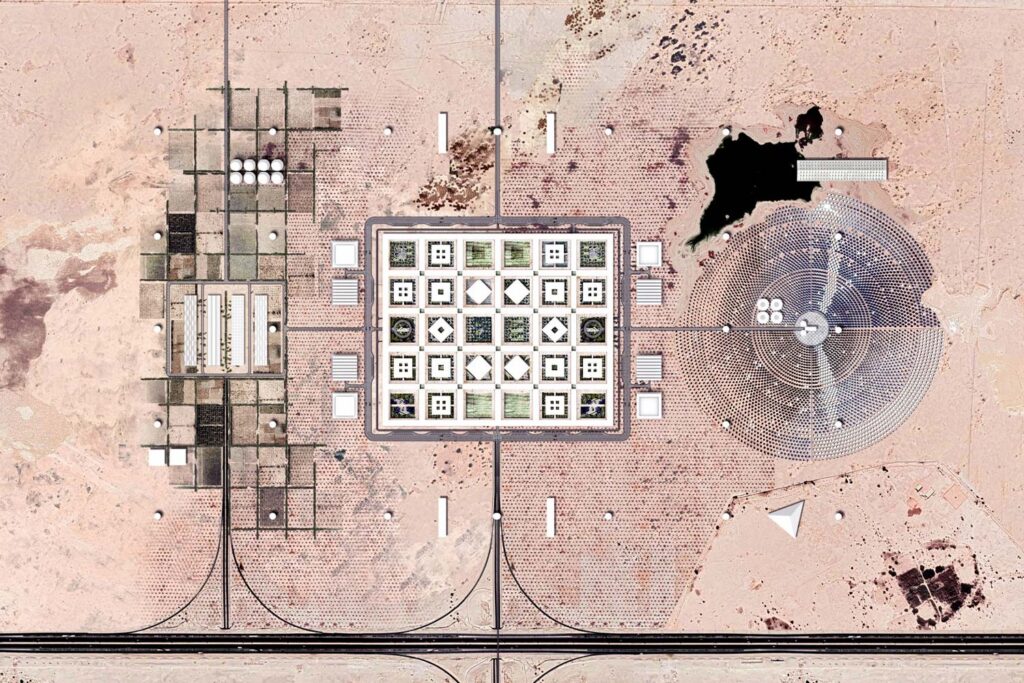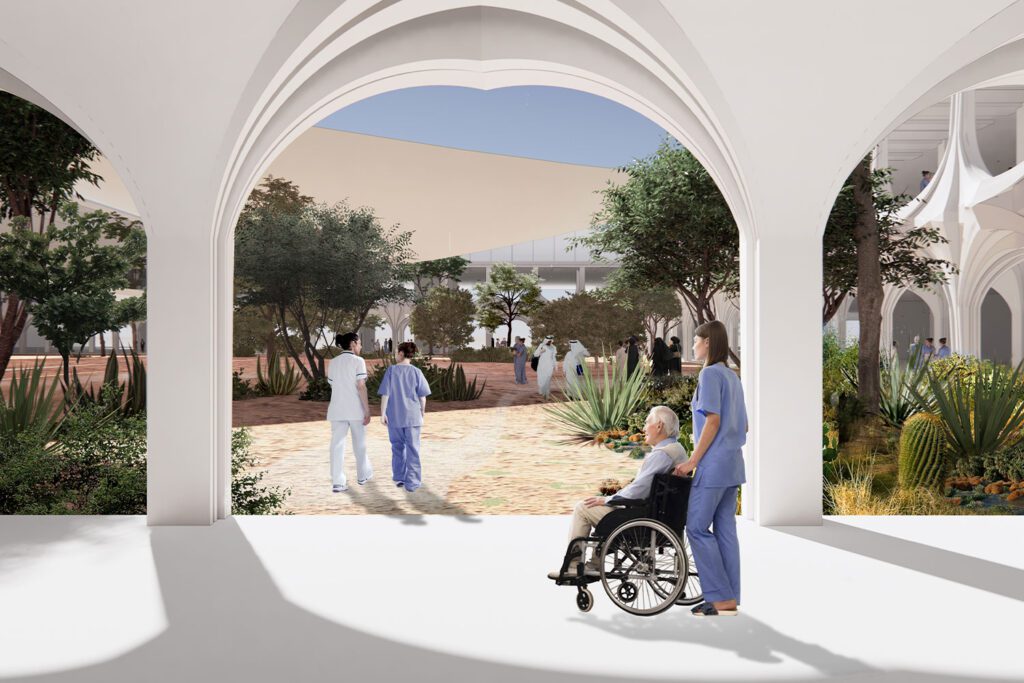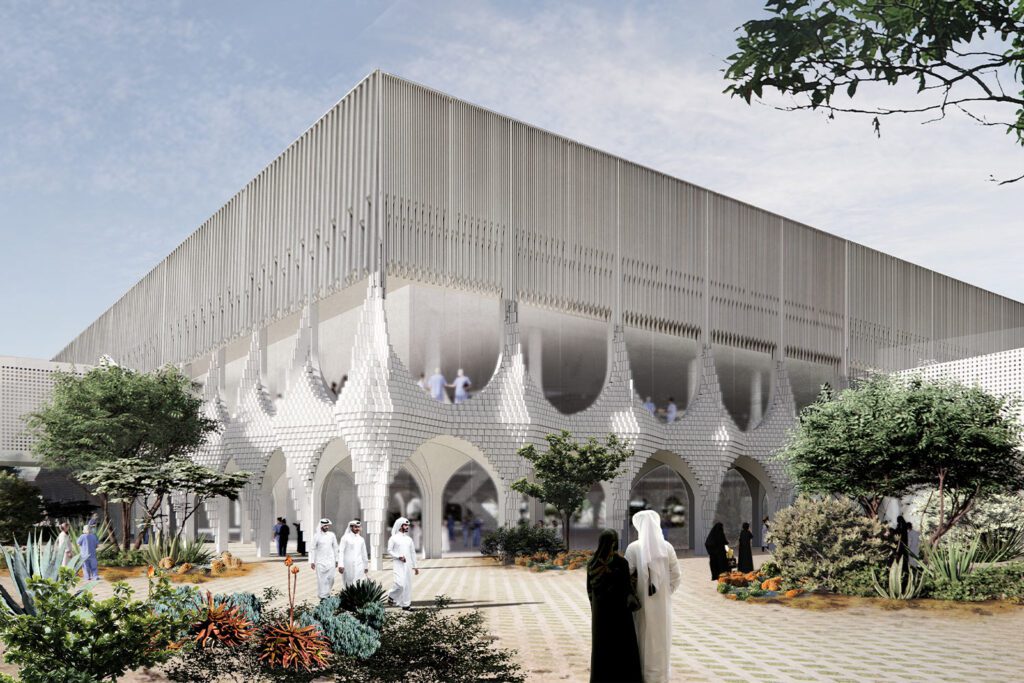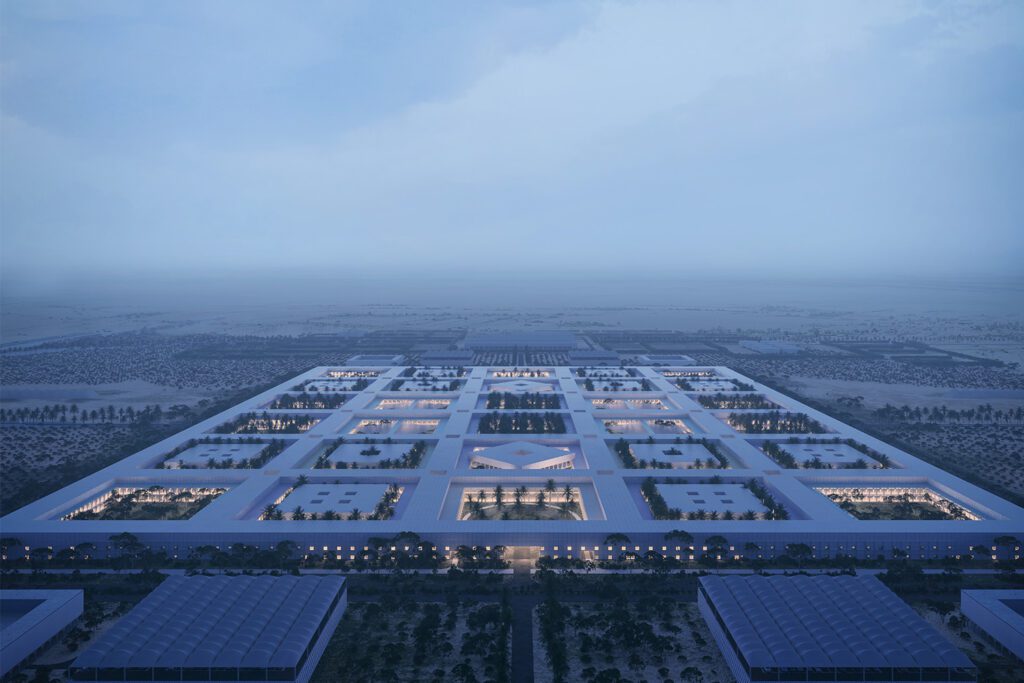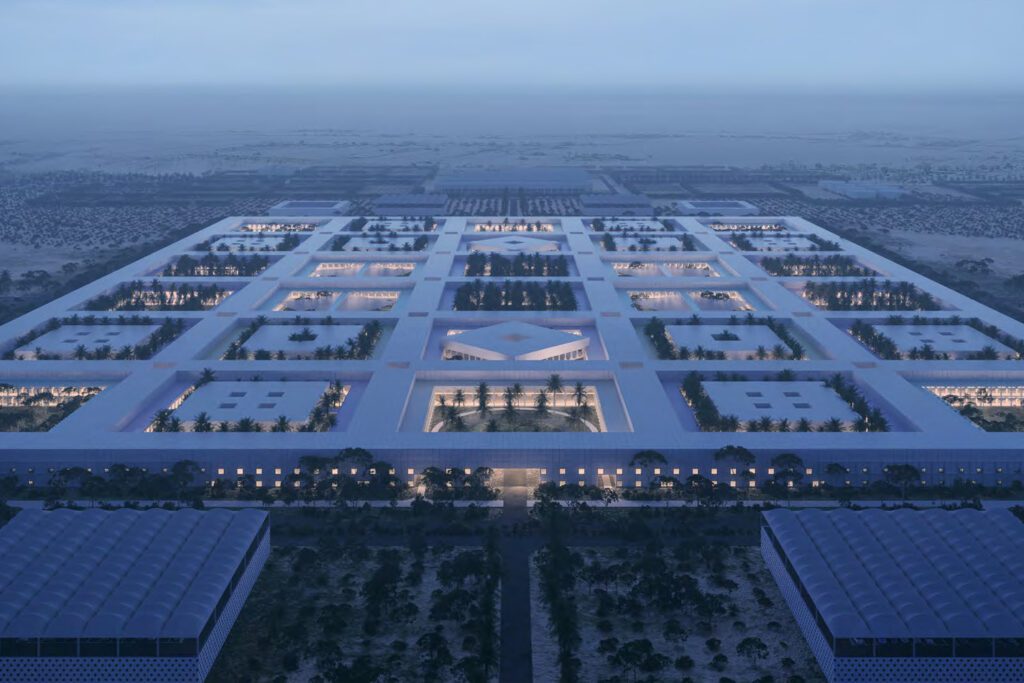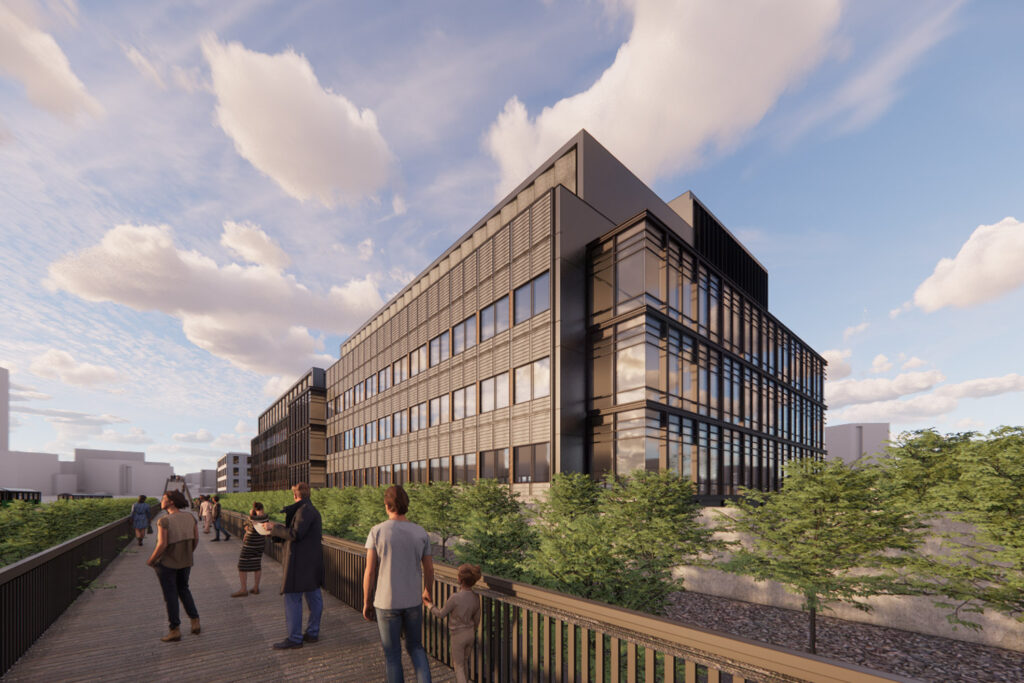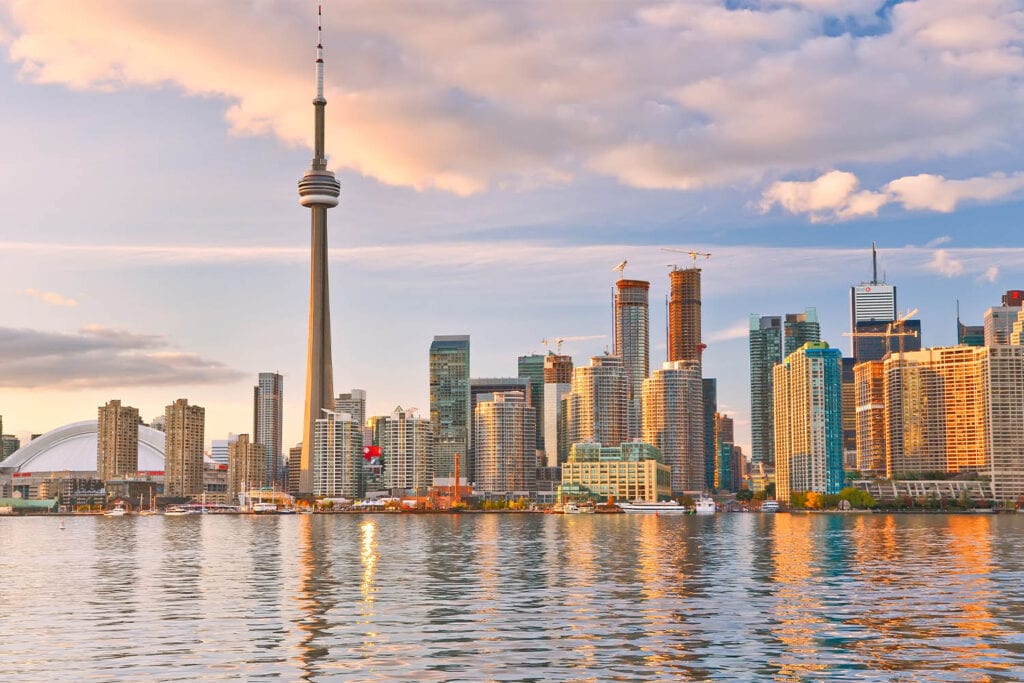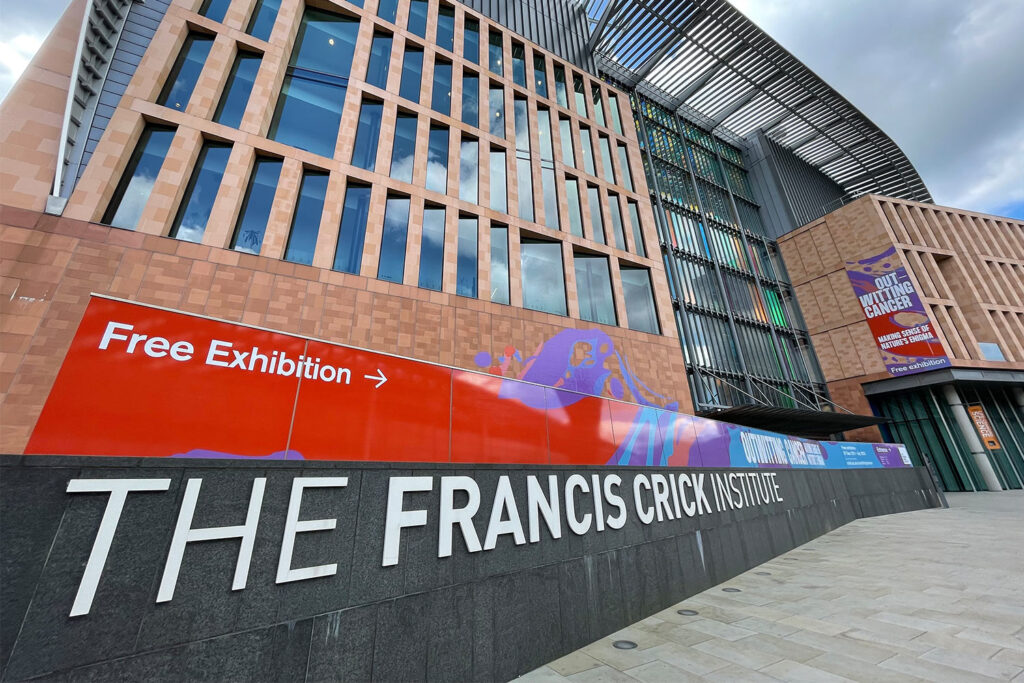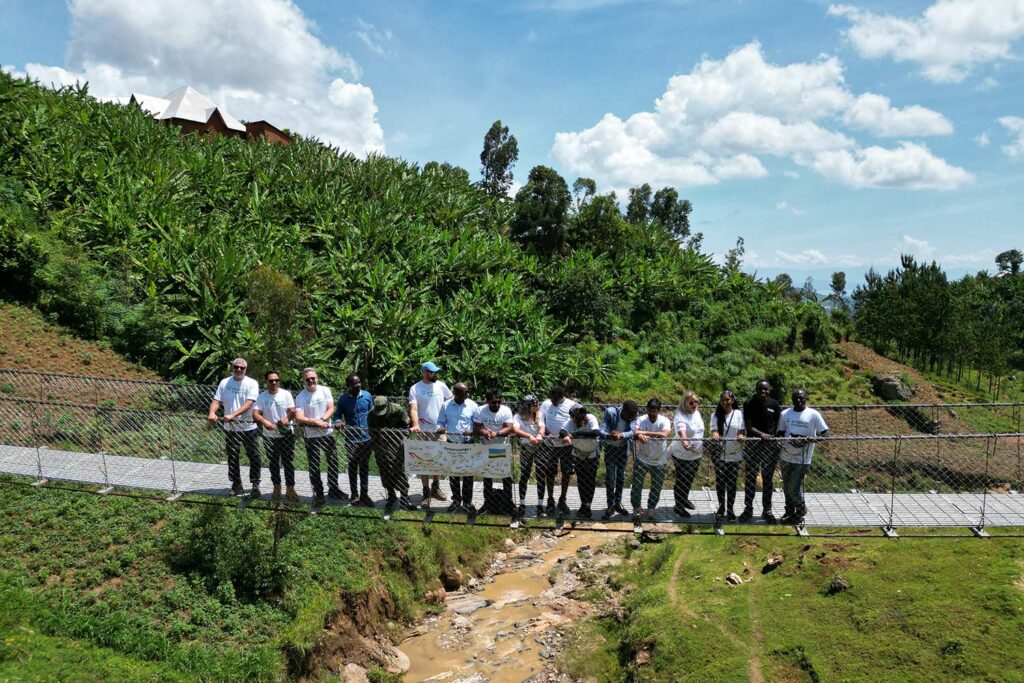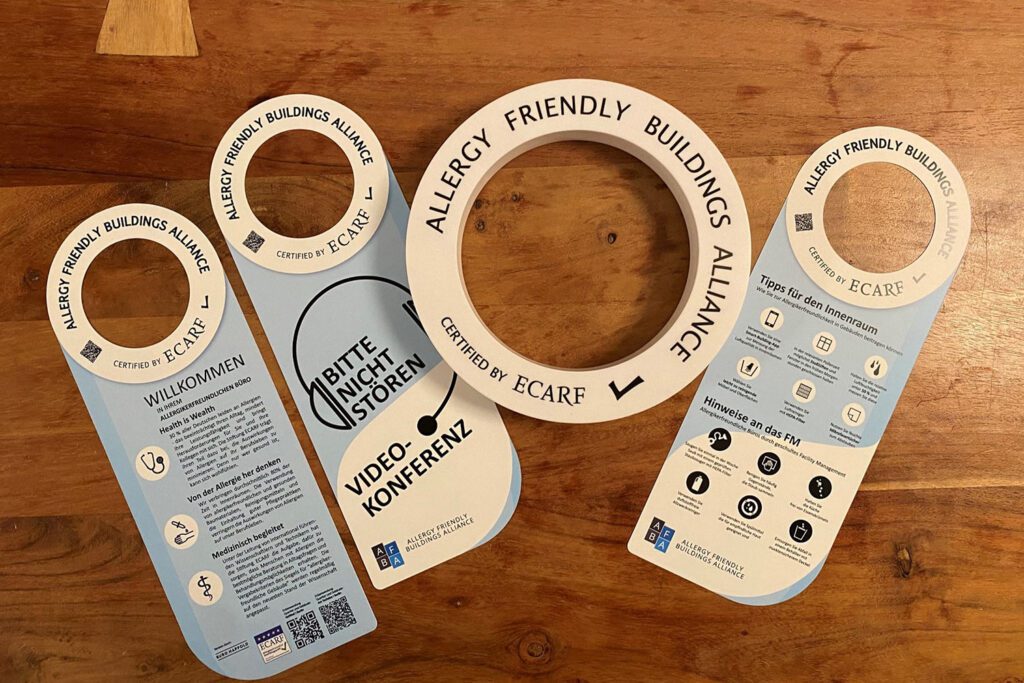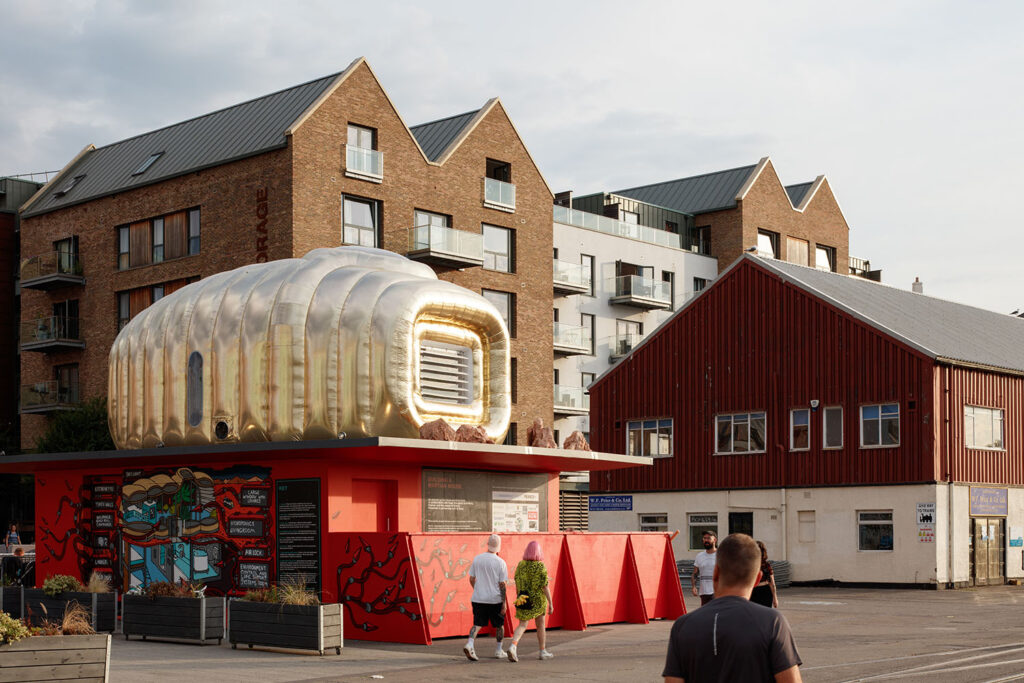How to design a healing hospital environment
As part of our series of articles looking at Buro Happold’s Hospital of the Future project, we examine how future hospital designs will need to consider how they can create a setting that gives people the environment to heal.
The Modernist movement of the last century was driven by a fascination with machines; mass production saw factories become true industrial machines; houses were considered ‘living machines’, universities and colleges became ‘learning machines’ and by extension, hospitals were ‘machines for healing’. Hospital planning brought together the four promises of machine-age medical environments: rationality, efficiency, flexibility and sterility. Somewhere along the way the human experience of healing became lost in this rationalist revolution in healthcare.
As part of its ground-breaking conceptual Hospital of the Future project, Buro Happold has worked alongside OMA and other collaborators after being commissioned to explore how hospitals could be reimagined in the 21st century.
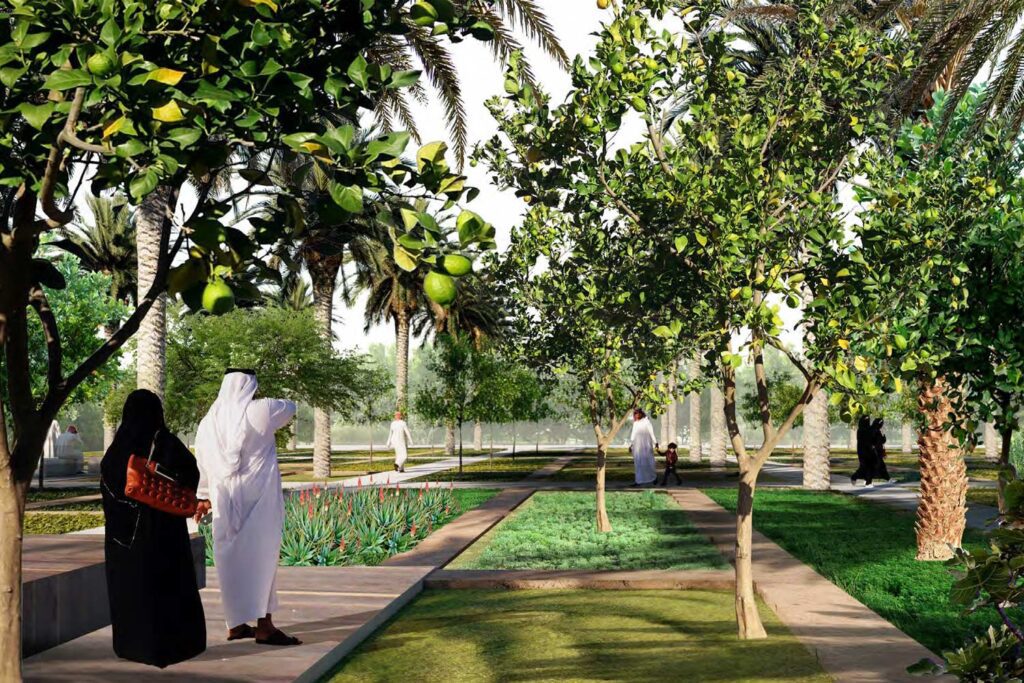
We have been working on this extensive research project in parallel with a healthcare district masterplan for a site in the Middle East. Running these workstreams together has given us the rare opportunity to explore a step change in the evolution of hospital design.
Our multidisciplinary team of experts re-examined hospitals from the first principles of design, to develop a prototype for effective future hospitals. In previous articles we have looked at how the prototype reimagines the structure of hospitals – with a horizontal orientation offering a range of benefits over the traditional stacked tower design. We also looked at the importance of “treading the Earth lightly” and creating a resilient hospital capable of riding out shocks and stresses.
Our research also identified the importance of creating an environment conducive to healing rather than just to clinically facilitate medical treatment.
Creating a calm hospital environment
The report identifies that a healing environment relates psychological aspects for patients such as control, privacy and calmness. By realising a more comfortable patient and staff experience, hospitals can become more effective in their ultimate goal to heal.
This sense of a “calm environment” must begin from the moment of arrival – which places a carefully considered integrated mobility strategy at the fore. In the Hospital of the Future, queues, confusion and anxiety will be replaced by automated, swift and direct journeys. In turn, this will transform the arrival experience for everyone who needs to physically enter the hospital.
Christopher Rizk, a transport and mobility engineer at Buro Happold, says: “We don’t see transport as roads, we focus on people and always have a user-centric approach with whatever we do. It was important here to identify all the different types of users that will be using the hospital.
“Of course, you want an arrival at a hospital that is not stressful, especially when you have such a big medical complex.”

A horizontal orientation offers a range of benefits over the traditional stacked tower design.
The horizontal orientation of the building creates the opportunity for multiple points of entry, removing the busy “main entrance” of existing hospitals, as well as enabling the staff and patient entrances to be separated. This innovation also ensures that patients arrive as close as possible to the ward they require within the hospital building.

With AVs (autonomous vehicles), the interface of both drop-off and parking is changing. The drop-off becomes the main connectivity interchange, and parking becomes secondary, as private vehicles become able to “park themselves”. This means that car parks are not required to be placed in close proximity to the building, enabling more space for nature near the hospital windows. Eventually, it is envisioned we could see the rise of shared AVs, and the move away from personal car ownership. This would allow car parks to be dedicated to other land uses.
Movement through the hospital
The repeated modular design of the hospital’s layout easily allows for an internal loop, providing a comfortable horizontal flow for both staff and public around the facility. Our experts carefully analysed the limits of walking distances to ensure users would not need to exceed comfortable limits to get around.
Two forms of AVs were conceived within the prototype – Group Rapid Transit (GRT) is a new form of collective public transport using small, automated electric ‘Cyberbuses’ to provide scheduled and/or demand responsive feeder and shuttle services. The system is rather like a lift or elevator, in that the passenger presses a button at the stop to call the vehicle and then another on the vehicle to select the destination.
The second form of AV is the smaller Autonomous Network Transport (ANT). These are autonomous pods that move around the complex freely without following a certain designated route. ANT is a travel option for shorter trips, and a more private setting for users. The main advantage is the flexibility and modularity of these pods. They can also be used as a “portering” solution to move patients around the facilities.
Closer to nature
A growing body of evidence has shown that a healthy environment is about more than offering patients a view from their beds. Since the 1990s research has suggested that “patients with a view of trees need less pain medication and have a shorter hospital stays”. Creating the best possible surrounding for the recovery of patients has many physical aspects and they can be applied in spatial lay-outs, integration of natural elements, lighting, scents, acoustics, ambient conditions and place for art and religion.
Patients with a view of trees need less pain medication and have a shorter hospital stays
The prototype hospital inverts the traditional 20th century hospital. It places the bed wards on the ground floor. A key benefit of the low, horizontal hospital is that each bed ward has a direct connection to nature-rich courtyards at ground level. Courtyards are created naturally through the combining of crosses that the modular structure facilitates. It returns the Hospital the Future to the aesthetics of the cloisters, where hospitals were first born within a monastic setting.

Courtyards have been carefully considered within the prototype to maximise thermal comfort throughout the year. A concept of “seasonal retreat” has informed a microclimate strategy that balances potentially competing requirements for reducing water and energy use while maximising healing benefits.
Fergus Anderson, a sustainable design specialist at Buro Happold, says: “One of the questions in the original brief was around ‘what is a healing environment with at Qatari culture?’ Those types of plants and landscapes that we attribute healing properties to [in the UK] might be very different to the types of planting that Qataris attribute healing to.”
This cultural consideration for planting had to sit alongside a realisation of a sustainable planting strategy, given the desert location of the prototype.
Buro Happold’s Neil Harvey, who provided infrastructure expertise to the project, adds: “All of our planting had to have a function. One end of our study was xeriscaping, which is a form of planting that requires no irrigation at all in hot climates. In some of the courtyards we’re focusing on that type of landscape. In other areas we have planting that is forming more of a clear function, such as patient shade.”
Ultimately, the focus on both transport and the courtyard gardens, works together to create a calm hospital for end users and clients – one in which healing is given a natural head-start.
Read more on the Hospital of the Future project: How to create make the best use of automation to improve the patient and staff experience.


